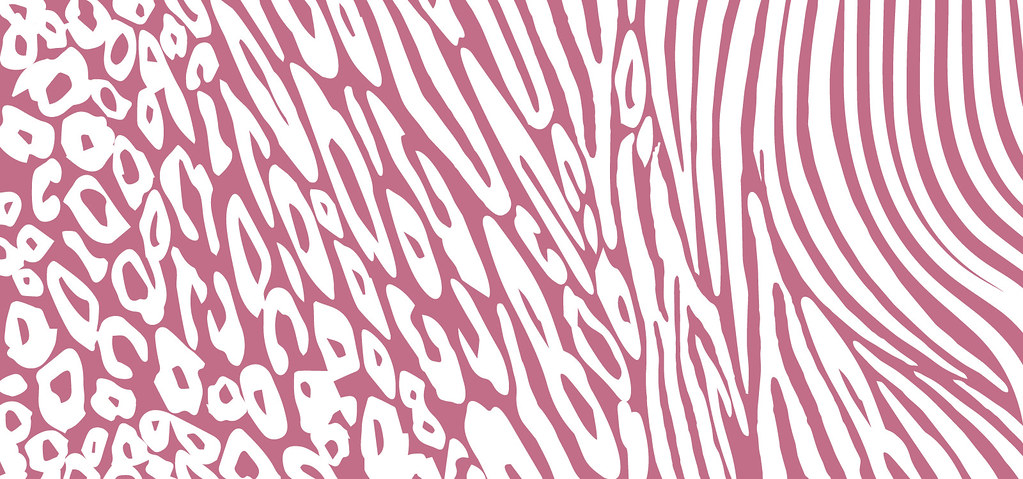Trend Versus Opportunity

So you’ve identified something that is going on, so what? When evaluating if a trend is actually an opportunity, three things are important: consumer, brand and timing. Of course all three hold a stake in the process of building product, but one is the keystone - the brand. A brand is a precious commodity that should not be wasted on minimum risk product or me too’s. Moderate business might come from both of these in the short-term, but long-term growth derives from product with value. Thus, that value comes firstly from the brand. To keep that valid and the following product energizing, trends must be used strategically.
There was a very interesting article in The Business of Fashion came out earlier this year entitled, “Do Fashion Trends Still Exist?” With the four-season approach trumping the traditional two in fashion - and consequently footwear - the idea of forecasting in the traditional sense loses weight. “Trend” is becoming a term lost between what it was and what it means to companies today. Basically, we should create a new term, but that is a whole new proposition in itself.
Not all trends are created equal. There are short-lived, long term, localized, indicators and non-trend trends. The latter two can be used as opportunity drivers, if properly framed for the consumer. In footwear, for example, there are a number of non-trends trends. These are materials or stories that are accepted stakeholders in a consumer’s wardrobe such as boxfresh white sneakers, reptile embosses and vachetta leathers. Like a canvas tote bag, at some point a large consumer group looks for such product. Indicators, on the other hand, signal a change in consumer preference, which can be used as a larger focus for a brand. Opportunities lie in trends, but they need to be filtered.
Information from trends like the ones mentioned should be used in an abstract and non-abstract sense. Abstract, or example, is seeing a Turkish kelim tapestry and creating a color palette inspired by its patterning. Non-abstract is taking leopard print as a trend and exploring animal graphics, in addition to doing an actual leopard print. Trends should be used discretely and while looking for these trends, also identify the ideas that are purely new or striking. Developing these further can create unique product that then drives a trend and strengthens the brand’s value in the eyes of the design community and their consumers.
The analysis and application of trends is more difficult than blindly employing an equation. Cases like the wrong trend-consumer or trend-brand pairing display the delicacy of figuring out the opportunity within a trend. Thus when trend-spotting, consider your brand, the consumer, easy wins and new development to stay valid, but just as importantly, inspired.